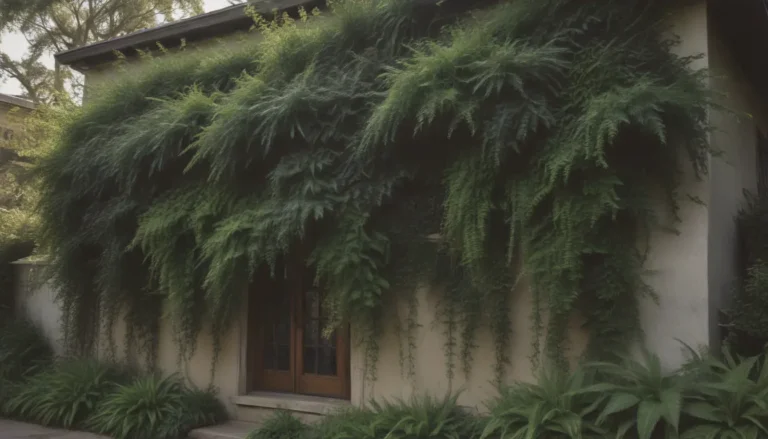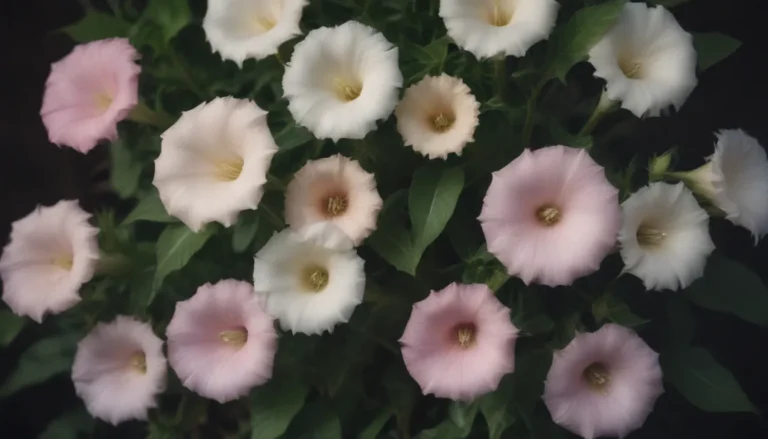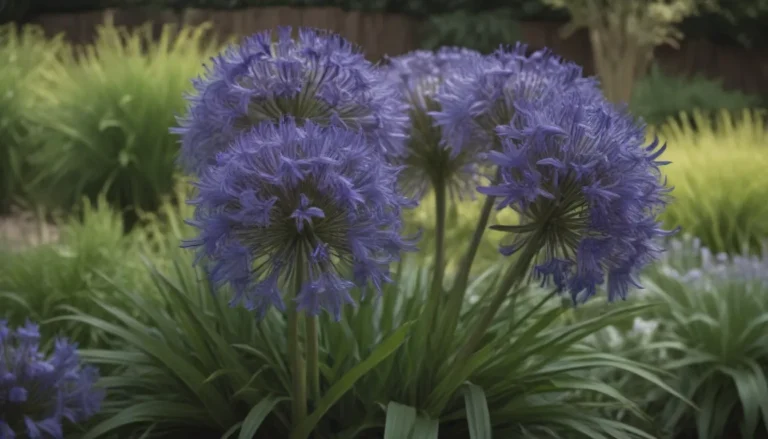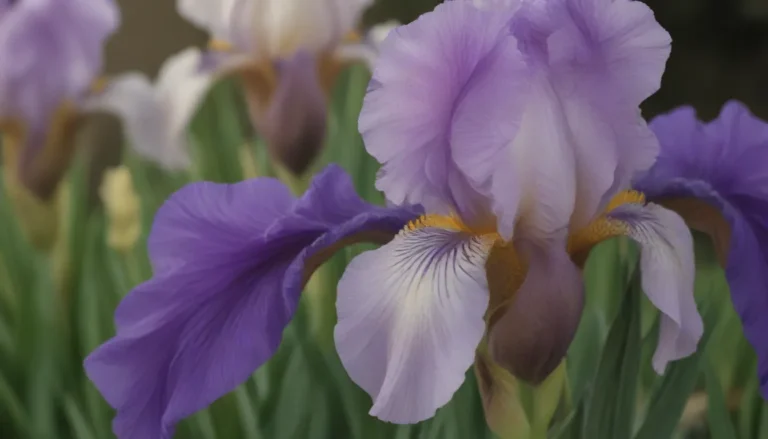Comprehensive Guide to Growing and Caring for Pink Dogwood Trees
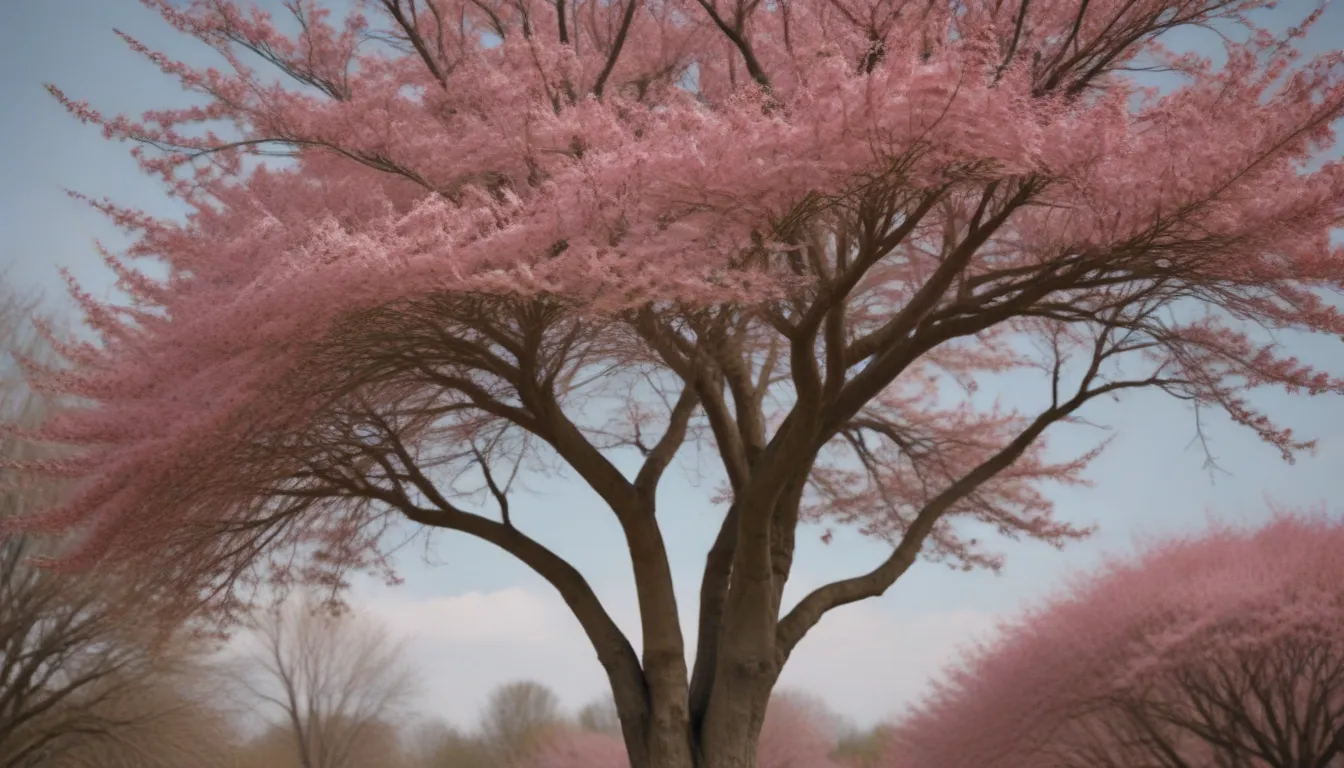
Pink dogwood trees are a delightful addition to any landscape, boasting vibrant pastel flowers in the spring and attractive foliage throughout the year. These trees are not only beautiful but also relatively low-maintenance, making them a popular choice for gardeners looking to add color and interest to their outdoor spaces.
Why Choose Pink Dogwood Trees?
When it comes to selecting trees for your landscape, pink dogwoods offer a multitude of benefits. Here are a few reasons why you might consider adding these charming trees to your garden:
– Stunning pastel flowers in the spring
– Attractive foliage that turns purplish in the fall
– Berries that attract butterflies and birds
– Low-maintenance and not very messy
– Can quickly become a robust addition to the landscape
How to Care for Pink Dogwood Trees
Proper care is essential for the health and longevity of your pink dogwood trees. Here are some tips to help you ensure your trees thrive:
– Planting: Choose a sunny or partially sunny spot with well-drained, acidic soil. Pink dogwoods thrive in partial shade but can also handle full sun with proper care.
– Soil: Pink dogwoods prefer rich, slightly acidic soil with good drainage. Soil amendments, such as compost, can help improve soil quality.
– Watering: While pink dogwoods have average water needs, it’s essential to water deeply during periods of drought or heat. Never allow your tree to dry out completely.
– Temperature and Humidity: Flowering dogwoods thrive in shady, dark locations with rich, damp soil. Avoid planting them in areas that are too hot or dry.
– Fertilization: If your soil is acidic, well-drained, and rich, there is no need for fertilizer. However, if needed, apply soil amendments when planting and periodically afterward.
– Mulching: Applying a few inches of mulch around the base of your tree during the hottest part of summer can help protect the roots and retain water.
Types of Pink Dogwood Trees
While Cornus florida var. rubra is a popular pink dogwood variety, there are other types worth considering:
– Cornus kousa Satomi: A form of pink Japanese dogwood
– Variegated Varieties: Some dogwoods, like Wolf Eyes and Golden Shadows, have variegated leaves
– Shrubby Varieties: Yellow-twig Tatarian and red-barked Tatarian dogwoods are shrubs commonly used in landscaping
Pruning and Propagating Pink Dogwood Trees
Proper pruning is essential for maintaining the shape and health of your pink dogwood tree:
– Pruning: Remove storm-damaged limbs and dead branches as needed. Prune to open up the canopy if limbs are rubbing against each other.
– Propagating: Taking cuttings in early June is the best way to ensure successful propagation. Cuttings from existing trees are more likely to produce pink dogwoods than seeds.
Overwintering and Common Issues
Help your pink dogwood tree survive the winter and avoid common pests and diseases:
– Overwintering: Once established, your tree can handle winter with proper mulching. Ensure your tree is in the appropriate zones for growth.
– Common Pests and Diseases: Watch out for spot anthracnose and powdery mildew, common issues for flowering dogwoods. Consult your local extension office for recommendations on treatment.
In conclusion, growing and caring for pink dogwood trees can be a rewarding experience. With the right conditions and maintenance, you can enjoy the beauty of these trees in your landscape for years to come. Remember to provide proper care, prune as needed, and watch out for common issues to help your pink dogwood thrive.

